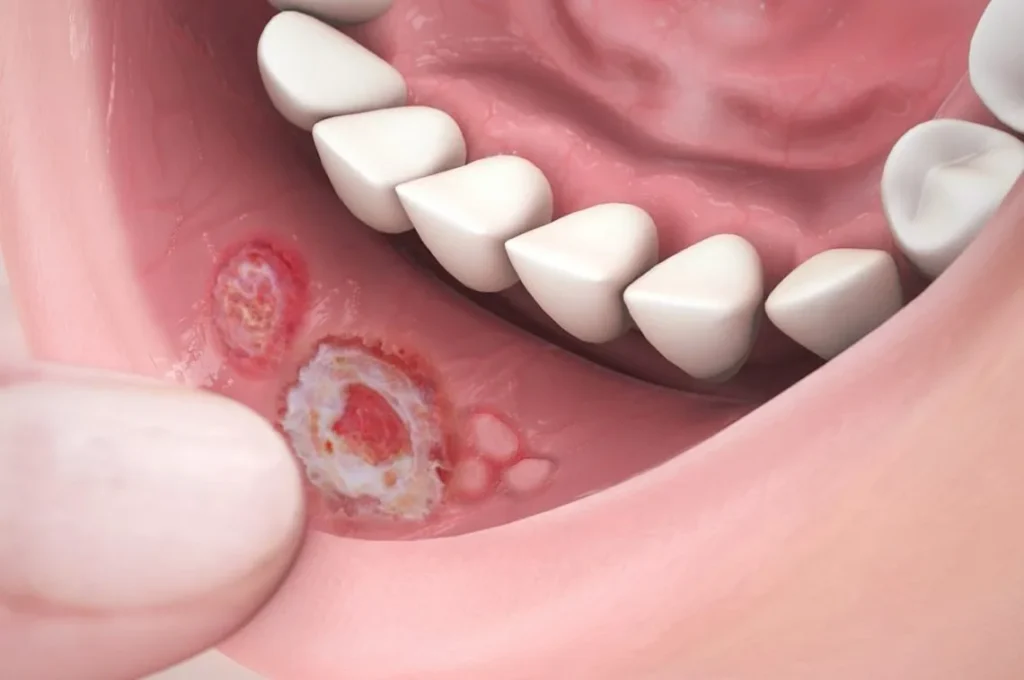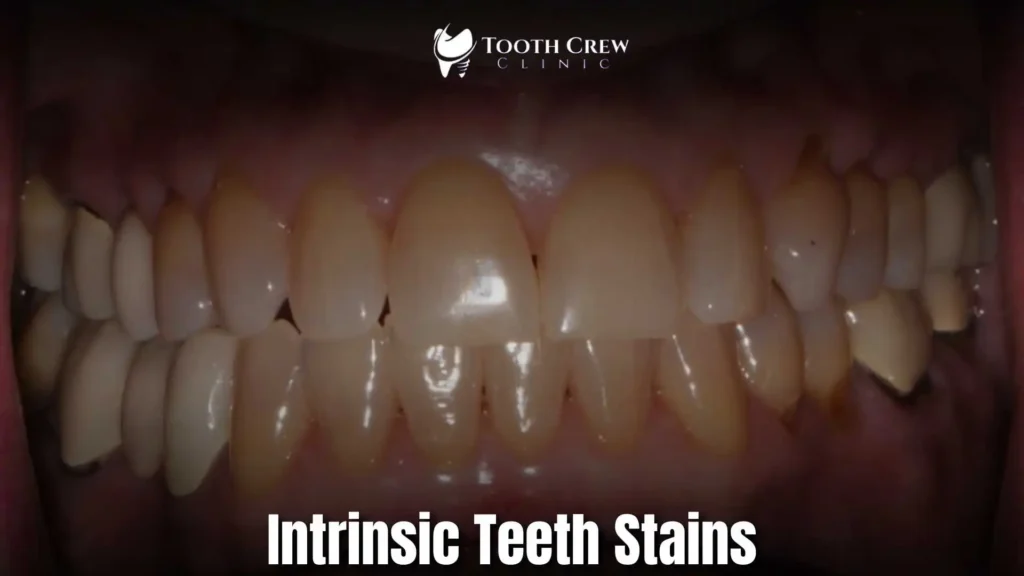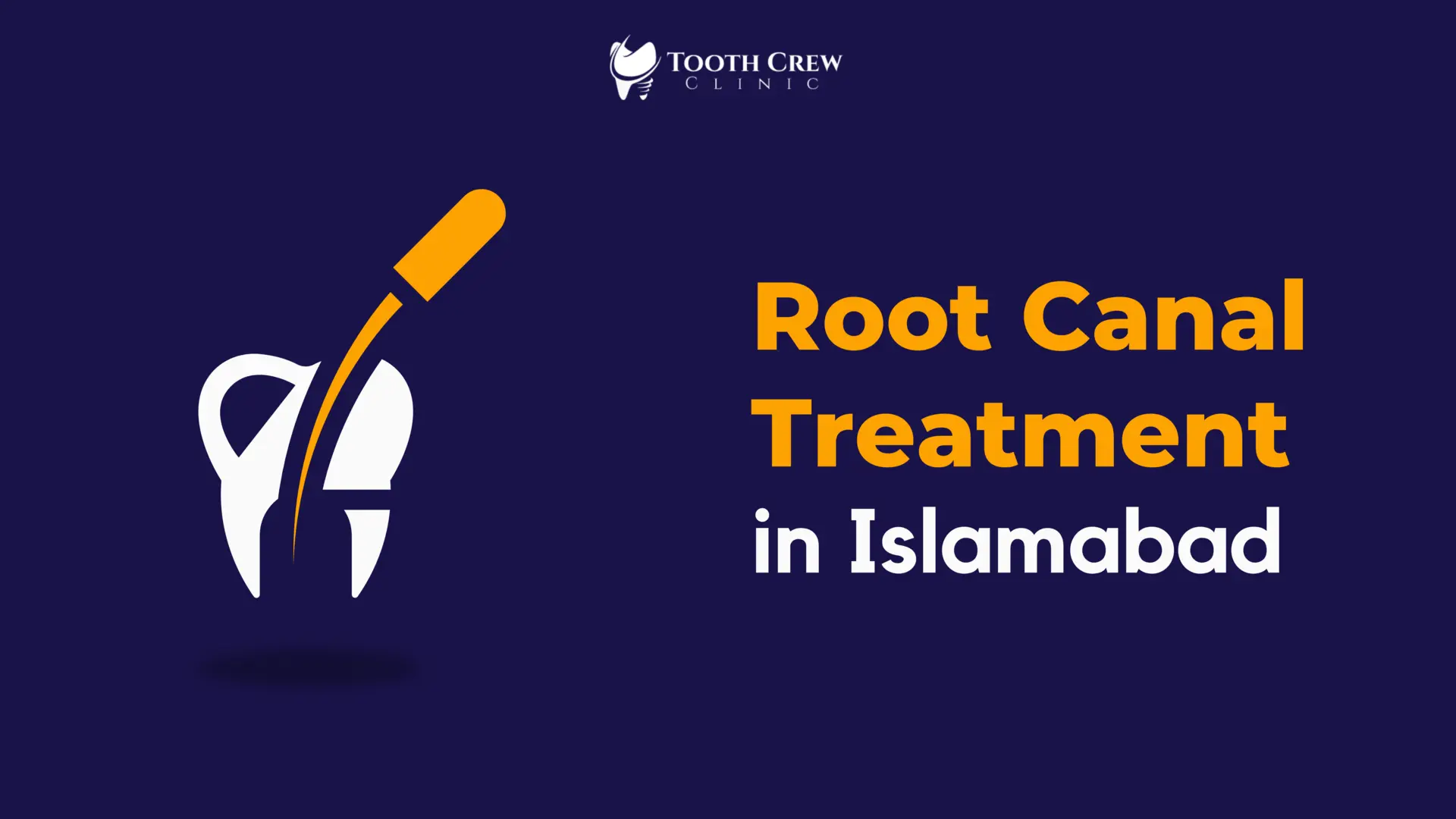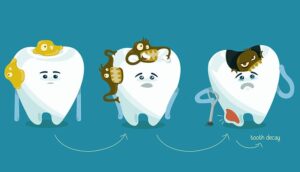Good oral care routine extends beyond brushing teeth! Gums are the backbone of the oral system and many people don’t realize but they can get affected by oral cancer, a dangerous but curable condition.
Although gum cancer is less frequent than certain other types of this menacing disease, early discovery is essential to effective treatment.
In order to keep a healthy oral hygiene is a essential to be alert of this disease developing and catch it in its initial stages. Therefore, this blog will explore the warning signs and symptoms of gum cancer to help you stay educated and informed.
Understanding Gum Cancer
Gun cancer is a form of oral cancer that starts in the gums referred to as gingival cancer. It stems from uncontrolled growth of abnormal cells in the gum tissue. Roughly 3% of all cancers diagnosed in the US each year are gum cancers according to the American Cancer Society.
Gum cancer is less prevalent than other forms of oral cancer, but it can be more aggressive, and therapy is only effective if caught early. For the purpose of bettering patient outcomes and enabling early detection, it is essential to comprehend the symptoms of gum cancer.
What are the Causes of Gum Cancer
Gum cancer is usually caused by tobacco use, which includes chewing tobacco, smoking cigarettes, cigars, pipes, and other tobacco products. Another important catalyst of gum cancer is the human papillomavirus (HPV) infection, specifically HPV-16.
Apart from that bad oral hygenine can also lead to gum cancer. Long-term exposure to not brushing the teeth and cleaning the residue using dental floss can lead to bacteria buildup. Over time, it can cause ong-term gum irritation and inflammation.
Binge drinking, eating a diet low in fruits and vegetables, and spending a lot of time in the sun (which can damage the lips and oral cavity) can also put you at risk to gum cancer.
Common Symptoms of Gum Cancer
Ulcers on the Gums

Image showing ulcer on gums which is a symptom of gum cancer | Cozzolinodentaloffice
Gum ulcers or sores are among the most prevalent early indicators of gum cancer. Over time, these sores do not get better and could even get worse.
In contrast to small irritations or canker sores, which usually go away in a week or two, malignant ulcers can start off asymptomatic but become painful as they progress. The need for a medical evaluation is primarily indicated by resistance to healing.
Red or White Patches on the Gums
The development of red or white spots on the gums is another early sign of gum cancer. These patches, often referred to as leukoplakia (white patches) and erythroplakia (red patches), may be a sign of abnormal cell growth.
Leukoplakia is typified by thicker, white patches, whereas erythroplakia frequently manifests as a velvety, red region. Both disorders are regarded as precancerous, which means that if treatment is not received, they may progress to cancer.
Frequent dental examinations can increase the likelihood of a favorable outcome by identifying these changes early on.
Swelling or Thickening of the Gums
The feel and texture of the gums can change noticeably as a result of gum cancer. An area of the gums that experiences swelling or thickening and does not go away may be a red flag.
The affected area may feel full or uncomfortable in addition to the swelling. This kind of swelling is chronic and does not go away with regular dental care, in contrast to swelling brought on by gum disease or an infection.
Unexplained Bleeding from the Gums
Regular and constant bleeding from gums is an indication of gum cancer
Unexpected and continuous bleeding from the gums may indicate gum cancer, while irregular bleeding can be linked to gum disease or overly vigorous brushing. This bleeding may happen on its own or in response to a small stimulus, such brushing or eating. It’s crucial to remember that this symptom is especially dangerous if it coexists with other symptoms like sores or patches.
Loose Teeth
The stability and condition of the bone and tissue beneath the teeth might be impacted by gum cancer. Consequently, one may notice changes in the fit of dentures or feel loose teeth. Even in the absence of periodontal disease, this is still possible. A comprehensive evaluation at the dentist should be necessary in response to such changes.
Difficulty Chewing or Swallowing
Gum cancer can spread and impair the muscles and tissues involved in chewing and swallowing, which can lead to difficulty with these processes. When trying to eat or drink, this may cause a sensation of blockage or pain. This symptom need immediate medical attention since it frequently signals a more advanced stage of cancer.
Advanced Symptoms of Gum Cancer
Persistent Bad Breath
Halitosis, or chronic bad breath, is one of the more severe signs of gum disease. Routine dental hygiene procedures, such as brushing, flossing, or using mouthwash, do not help this kind of bad breath.
It frequently arises from dead tissue or secondary infections in the cancerous area, where the proliferation of germs and the decaying tissue produce an unpleasant stench. Bad breath that doesn’t go away is a serious sign that the illness is getting worse and needs to be treated right away.
Numbness in the Tongue or Other Areas of the Mouth

Tongue numbness and loss of taste is a sign of tongue cancer
Another severe sign of gum cancer is numbness in the tongue or other parts of the mouth. The cancer invades the mouth cavity and eliminates the nerves, resulting in numbness or loss of feeling.
The damaged portions of the patient’s body may become less responsive to touch, pain, or temperature. This symptom suggests that the disease has probably progressed to deeper tissues and nerves, which might make therapy more difficult and lower the efficacy of conventional therapies.
Weight Loss
Unintentional weight loss is a worrying sign of gum disease that is frequently seen in its severe stages. Patients may have pain when eating or swallowing due to the tumor’s blockage, difficulty chewing, or both.
Significant weight loss is also a result of altered metabolism and decreased hunger while the body battles the illness. If left untreated, this symptom is a general indication of the systemic effects of cancer on the body and might result in additional health issues.
Fatigue
One typical and devastating symptom of advanced cancer, especially gum cancer, is fatigue. Patients have overwhelming, chronic fatigue that does not go away with rest. The body’s reaction to the cancer, the energy used to treat it, and the side effects of cancer treatments can all contribute to this weariness.
It has a major negative influence on the patient’s quality of life, making daily tasks difficult and detracting from general wellbeing. It is essential to identify and treat fatigue in order to help patients during their cancer journey.
When to Consult a Doctor
It’s critical to know when to consult a doctor in order to treat and discover gum cancer early. Keeping your mouth healthy and identifying possible problems early are made possible by routine dental checkups.
Dentists are skilled in recognizing unusual changes in the mouth that may point to the beginning of gum cancer, frequently picking up on signs that patients may miss.
If you detect any unexpected changes in your gums, such as swelling, red or white areas, persistent sores or ulcers, or unknown bleeding, it’s critical to get medical help right once.
These symptoms can point to a more serious underlying issue that needs to be evaluated right away. Your dentist will recommend you to a specialist, such as an oral surgeon or oncologist, if the results of your initial examinations cause you to have concerns.
This specialist can offer you a more thorough diagnosis and treatment plan. It is crucial to promptly refer patients to these professionals for efficient treatment and improved results, stressing the significance of seeking medical attention as soon as symptoms seem off.
A number of thorough tests are required to precisely diagnose and gauge the severity of gum cancer. Initially, a dentist or physician will perform a physical examination, looking for any unusual symptoms like sores, patches, or swelling in the gums, mouth, or throat. The next course of action is usually a biopsy if these symptoms are present.
A biopsy involves taking a tiny sample of tissue from the troubling spot, examining it under a microscope to check for the presence of malignant cells. Additionally essential to the diagnosis and understanding of gum cancer’s spread are imaging studies.
While CT and MRI scans provide precise cross-sectional images of the oral tissues, which aid in determining the location and size of tumors, X-rays can detect abnormalities in the jawbone.
By identifying regions of elevated metabolic activity that are frequently linked to cancer cells, PET scans are used to identify cancer tumors. When combined, these diagnostic techniques offer a thorough grasp of the existence, kind, and severity of gum cancer, which helps to shape the creation of a successful treatment strategy.
Conclusion
Overall, knowledge and identification of gum cancer signs are essential first steps toward prompt diagnosis and successful treatment.
Prolonged sores, red or white patches, unexplained bleeding, and gum swelling are some of the main signs. Prolonged bad breath, numbness, weight loss, and exhaustion are examples of advanced symptoms that signal the disease’s advancement and call for urgent medical intervention.
Frequent dental examinations are crucial for identifying such problems early on. Additionally, gum cancer risk can be considerably decreased by practicing proper oral hygiene, abstaining from tobacco and alcohol, and thinking about getting an HPV vaccination. Understanding one’s family history is also essential for prevention.






















